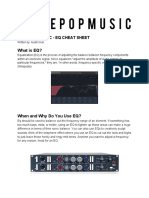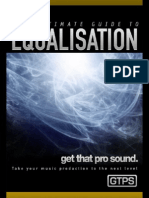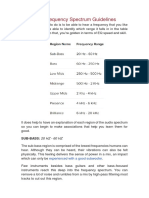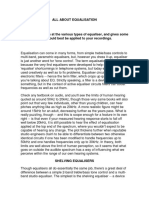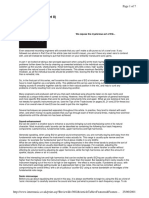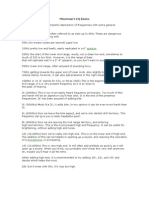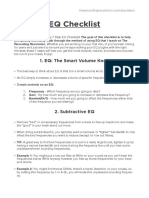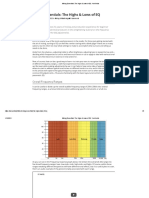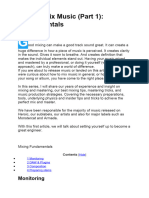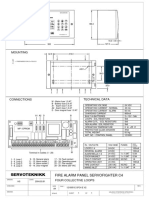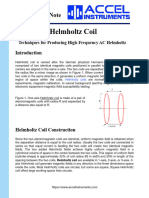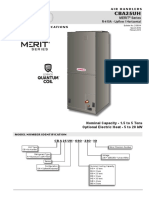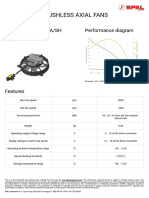0% found this document useful (0 votes)
84 views53 pagesEquals Equalization Guide
The 'Equals: EQ Guide' is a comprehensive resource designed to teach users about audio equalization, covering basic concepts and advanced techniques for effective mixing. It includes information on frequency ranges, EQ functions, and practical tips for using EQ to shape sound, along with guidance on utilizing presets from the 'Equals' pack. The guide aims to enhance the reader's understanding and application of EQ in music production, regardless of their experience level.
Uploaded by
productionsanmolCopyright
© © All Rights Reserved
We take content rights seriously. If you suspect this is your content, claim it here.
Available Formats
Download as PDF, TXT or read online on Scribd
0% found this document useful (0 votes)
84 views53 pagesEquals Equalization Guide
The 'Equals: EQ Guide' is a comprehensive resource designed to teach users about audio equalization, covering basic concepts and advanced techniques for effective mixing. It includes information on frequency ranges, EQ functions, and practical tips for using EQ to shape sound, along with guidance on utilizing presets from the 'Equals' pack. The guide aims to enhance the reader's understanding and application of EQ in music production, regardless of their experience level.
Uploaded by
productionsanmolCopyright
© © All Rights Reserved
We take content rights seriously. If you suspect this is your content, claim it here.
Available Formats
Download as PDF, TXT or read online on Scribd
/ 53


